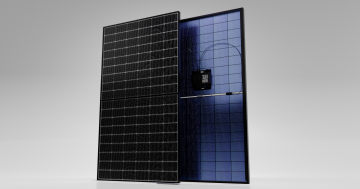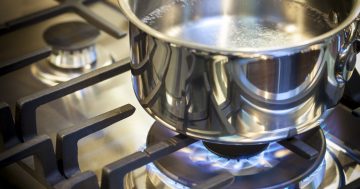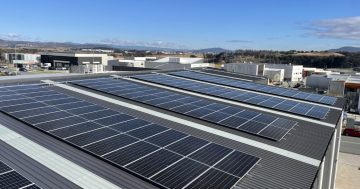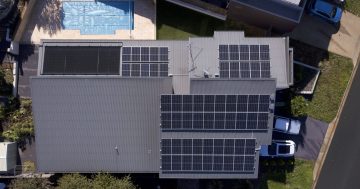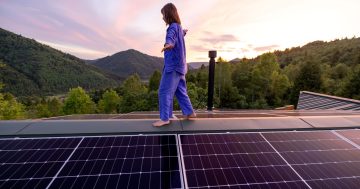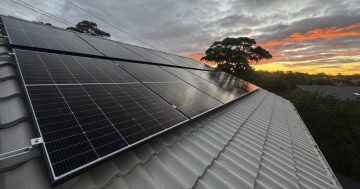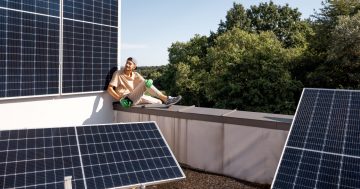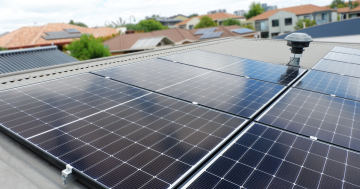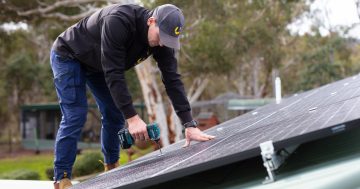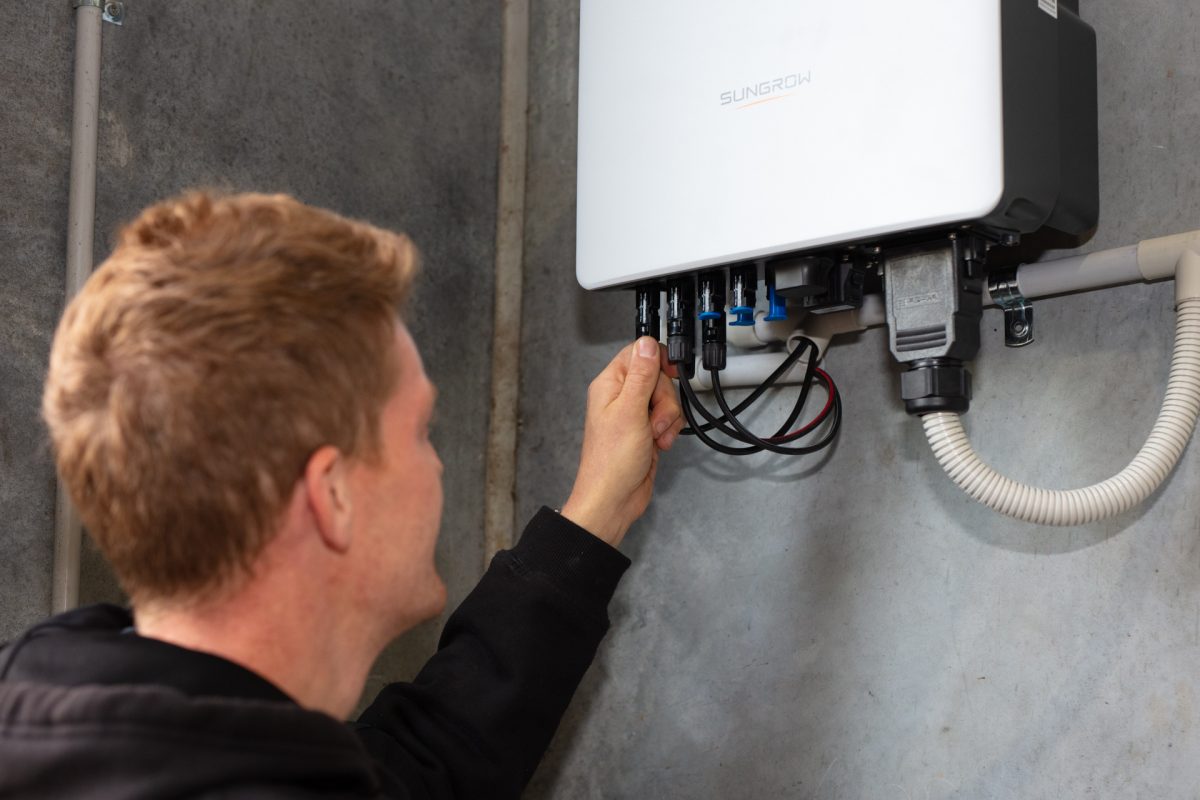
If you are one of the millions of Australians who had solar panels installed in the 2010s, your system could now be reaching the end of its life. Photo: Thomas Lucraft.
Australia’s solar industry is one of the most prominent in the world, so it’s unsurprising the technology behind it has come a long way. But just how far ahead are current solar panels and batteries compared to earlier models, and is it worth upgrading old systems?
According to Lee Hindley, director at Huglo Solar, current products are indeed far better quality compared to those sold in the 2010s or earlier. They are more robust, efficient, and generally cheaper too.
Safety standards are also vastly different these days, not only for best practices during installation, but for design and materials used during manufacturing.
Keeping this in mind, whether your system truly needs an upgrade depends less on when it was manufactured and more on wear and tear.
“Solar is an incredibly fast-moving industry, so we see significant changes to technology, materials and best practices for solar every few years,” Lee says.
“Because of this, individual systems vary greatly in performance, safety and durability. Price is a huge factor too – a 6.6kW system would have set you back more than $30,000 over a decade ago, but now costs more like $7000.
“But if your solar is still doing its job and doesn’t pose any risks to your safety, there’s probably no need to replace it just yet.”
In basic terms, the overall efficiency of a solar panel is measured by the percentage of available light it can convert to electrical energy. A decade ago most systems operated at 11 to 14 per cent efficiency, but these days the average rating sits at about 23 per cent.
This means compared to earlier tech, modern panels are producing about double the power over the same area.
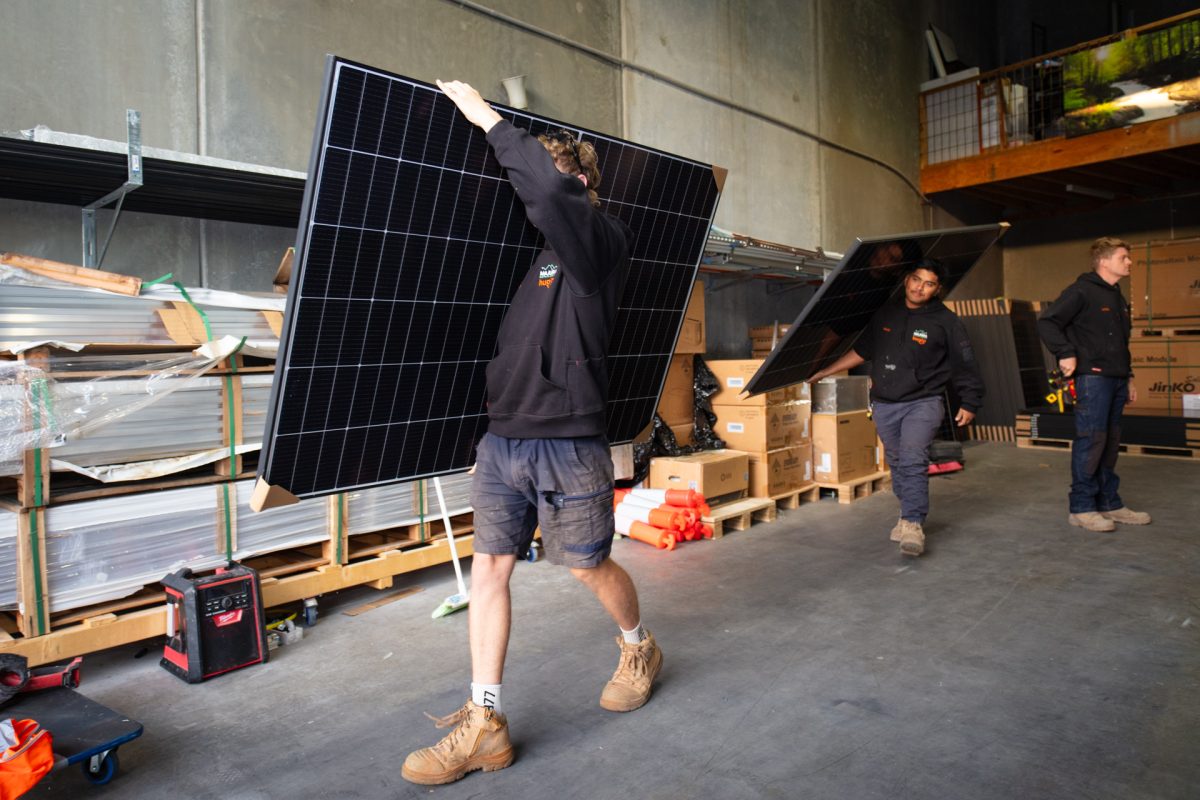
Solar power contributes to more than 11 per cent of Australia’s national energy supply, so it’s important old systems are replaced when the time comes. Photo: Thomas Lucraft.
If performance isn’t a concern, the next factor to consider is durability. The biggest safety issues in old solar technology come from outdated installation standards, and having fewer safety features integrated into the panels and inverters themselves.
“Modern panels come with a 25- to 30-year performance guarantee, as opposed to 10 or 15, and modern manufacturing methods allow for longer-life performance in our hot and harsh conditions,” Lee says.
“If the panels or cabling you had installed in 2012 haven’t been recently inspected, please have a solar-accredited electrician inspect it for you to make sure it’s safe. We commonly perform thermal imaging tests for clients on old systems to ensure hot-spots aren’t developing and determine any risk of fire.”
Keep in mind a solar ‘expert’ making recommendations over the phone without inspecting your system is likely to be chasing a sale, rather than looking for the best solution.
Many systems are in good working order and pose no risk at all. In this case, leaving your current setup installed as long as possible will save you time, effort and money.
If your system is nearing the end of its life, book a reputable, local installer to inspect it in person. They’ll be able to tell you whether it’s safe and efficient, and if not, suggest upgrades or a new system to replace it.
“If you do need a new system and you’re planning for longevity, consider installing a battery alongside it rather than having one retrofitted later,” Lee says.
“These days Huglo Solar supplies DC-coupled battery systems for one of every three installations we complete, but they’re still quite an expense.
“If you have them installed at the same time as your solar, rather than retrofitting them later, you’ll have a much more efficient, cohesive system that is also kinder on your pocket.”
For those looking for modern solar that leads the market, Huglo Solar recommends and supplies engineered panels integrated with an Enphase IQ8 Microinverter, designed by REA Solar. REA is an Australian supplier boasting some of the safest and highest performing panels in the current market.
If your solar system could use an upgrade, visit Huglo Solar.












